World 🢖 Australia and Oceania 🢖 Polynesia 🢖 Cook Islands
Megaliths 🢔 Archaeological wonders 🢔 Categories of wonders
Wonder
Ara Metua – ancient Polynesian road
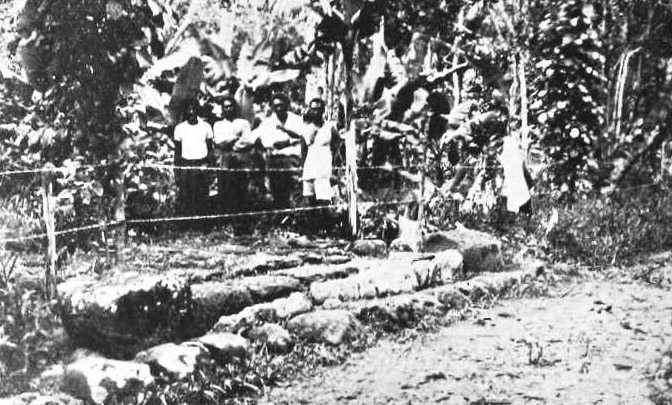
 In short
In short
The ancient Polynesian road – Ara Metua – still exists and is in use. But it has changed beyond the recognition, turning from unique megalithic monument into (almost) usual road.
 38.3%
38.3%
GPS coordinates
Location, address
Alternate names
Age
Culture
Map of the site
If you see this after your page is loaded completely, leafletJS files are missing.
 In detail
In detail
Short history of ancient Rarotonga
Although Rarotonga is known to Polynesians for thousands of years, the first settlers here came from Marquesas and Society Islands around the 10th – 11th century AD.
In their time was built the road around the island – Te Ara Nui o To’i – The Great Road of Toi. This road was named after Toi, the most likely local ruler at the time. The time of construction is not known for sure – according to legends, this was in the 11th century AD, one thousand years ago.
According to local legends next settlers to Rarotonga arrived with two canoes around 1250 AD. One brought Takitumu people from Tahiti, led by Tangi’Nui. He was fleeing from his elder brother Tutapu. He and his team met the other canoe in the sea – those others were led by Karika from Samoa. They arrived in Rarotonga together and quickly conquered the island.
Unfortunately with this conquest were erased almost all memories about the building of great road which was named also Ara Metua – road of ancestors.
Megalithic infrastructure
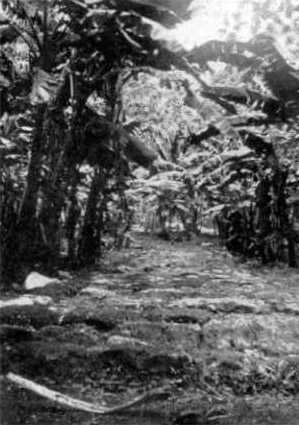
Centuries ago Ara Metua was a true wonder. For the most part, this 29 – 29.5 km long and 4.6 – 5 m wide road was paved with basalt or coral slabs. In villages roads had curbs of larger stones at both sides, there were made also stone seats – possibly for talkative villagers enjoying small talk with passers-by. Some of the last such seats were standing at Arai Te Tonga in the north-eastern part of island.
Bananas and platans were planted along the road, houses were located 10 – 30 m away from it.
Carefully paved roads branched off and led to ceremonial sites – marae. Some of the most important marae were placed along this road, while further up in the mountains were located more secluded, somewhat secretive marae. Basically, Ara Metua was the spiritual, administrative, and economical ring of this island.
Road went along the basis of hills, dividing the island into the inner and outer parts. Six tribes of Rarotonga, for the most part, were in a state of war and people were living inside the road ring, in the mountains. During the wars, only armed groups crossed the road and went towards the sea to fish.
This changed with the coming of missionaries in the 19th century. Step by step the hostilities among the people of Rarotonga decreased and they moved across the road, to the seaside.
By the early 20th-century two-thirds of the road still had ancient paving.
Inner ring road of Rarotonga
Major part of Ara Metua exists up to this day, although in some places the route has slightly changed. Approximately three-fourths of the island can be circumnavigated by this road and only in some sections, one should return to the younger Ara Tapu, which goes along the sea. Ara Metua has been preserved in the northern, western, north-eastern sides as a 19.4 km long section, in the south-east as 2.8 km long section, and as a 1.3 km long section in the south. Faint traces of former road are seen over the "missing" three sections which are 5.5 – 6 km long.
Ancient road structure, in general, is not visible anymore – for the most part, this is a common paved street, turning into dirt road further in the country. Major modernization works were made during World War II.
As all ancient roads, Ara Metua is less busy and more scenic than Ara Tapu. Along the old road are found sacred ancient sites – marae, including the most sacred one – Arai Te Tonga. Many casual places are located along this road as well – nearby is a hospital, hotels, prison, university, the national stadium, airstrip. For the most part, Ara Metua goes through gardens and farms.
There is little evidence left telling about the amazing achievement of ancient Polynesians.
References
- Matthew Campbell, Memory and monumentality in the Rarotongan landscape, 2006, Antiquity 80:102-117. Accessed 13.01.11.
 Linked articles
Linked articles
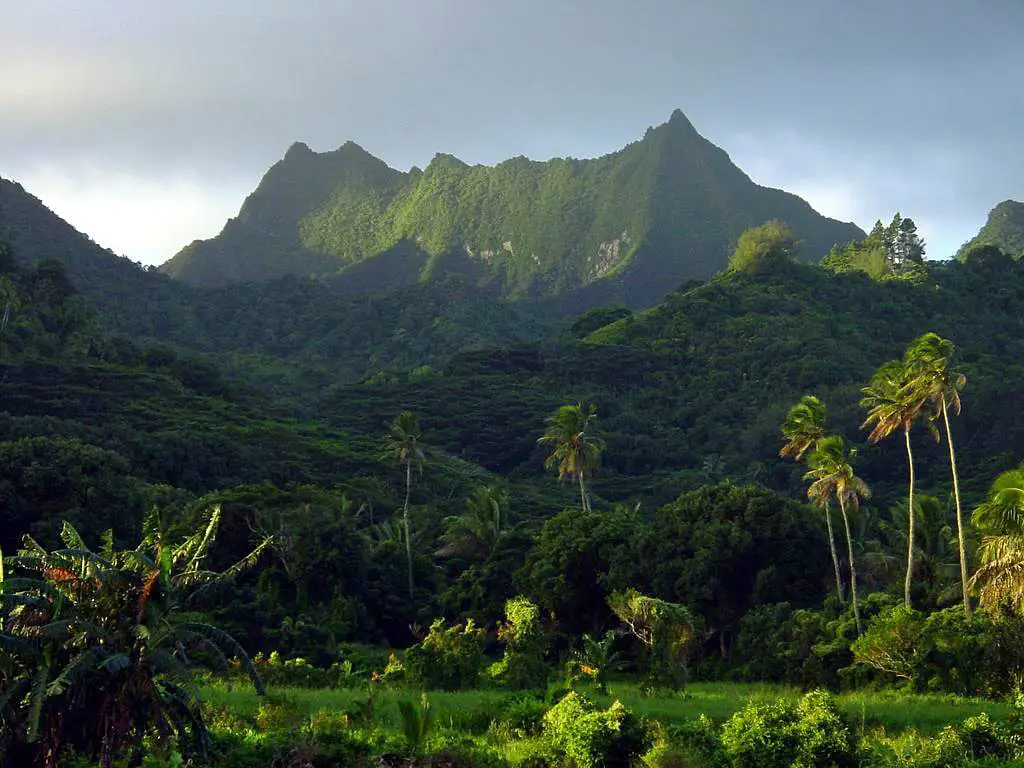
Wonders of Cook Islands
The diverse Cook Islands represent a true spirit of southern seas: on many of these islands, people still are living slow-paced and tasty lives amidst beautiful scenery. As always, there is the other side of the coin: frequent warfare in the past, terrible hurricanes, and worries about rising sea levels.
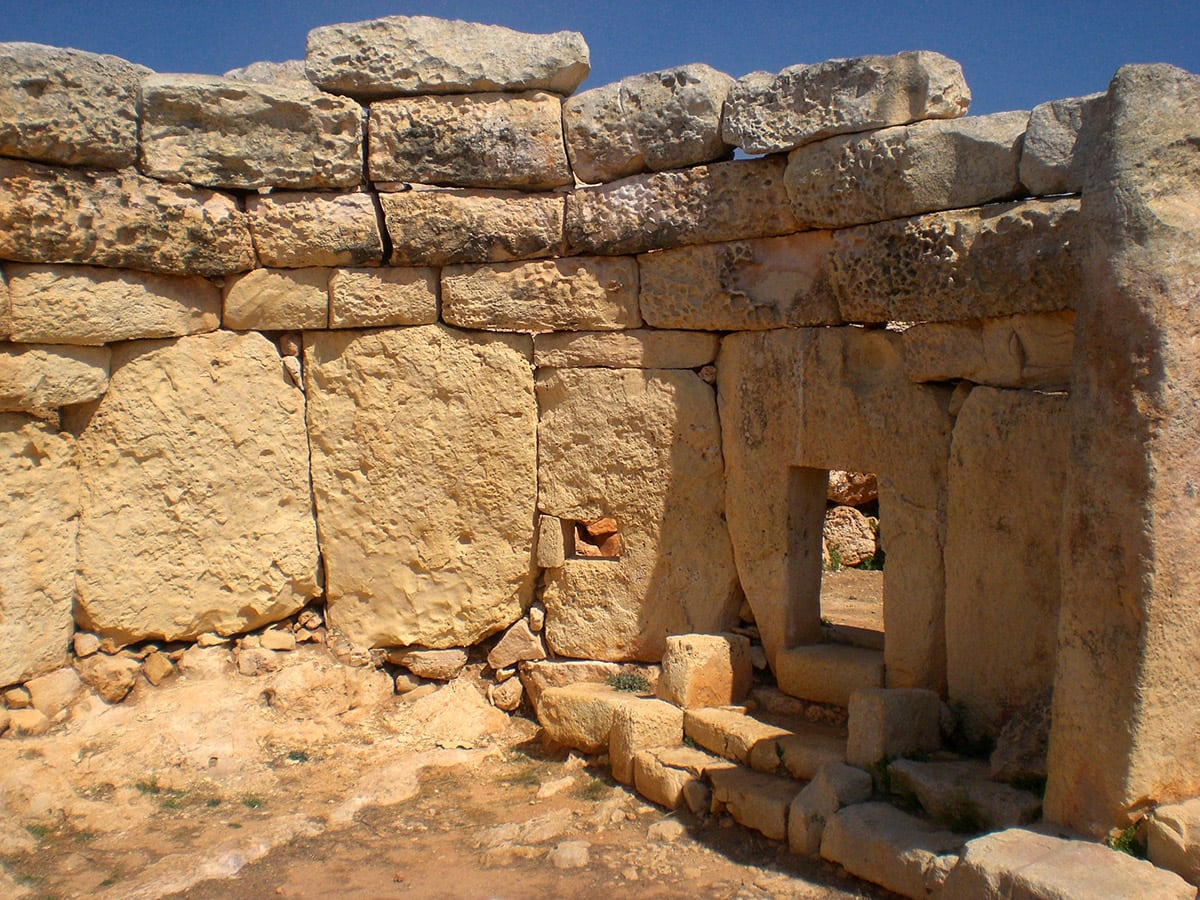
Megaliths
One of the most fascinating groups of archaeological monuments are prehistoric structures made of stones – megaliths. Through the ages, people have loved to strain their minds to find a sensible explanation for the many riddles posed by megaliths.
Even today, we can admit with some pleasure, there are thousands of mysteries left for us.
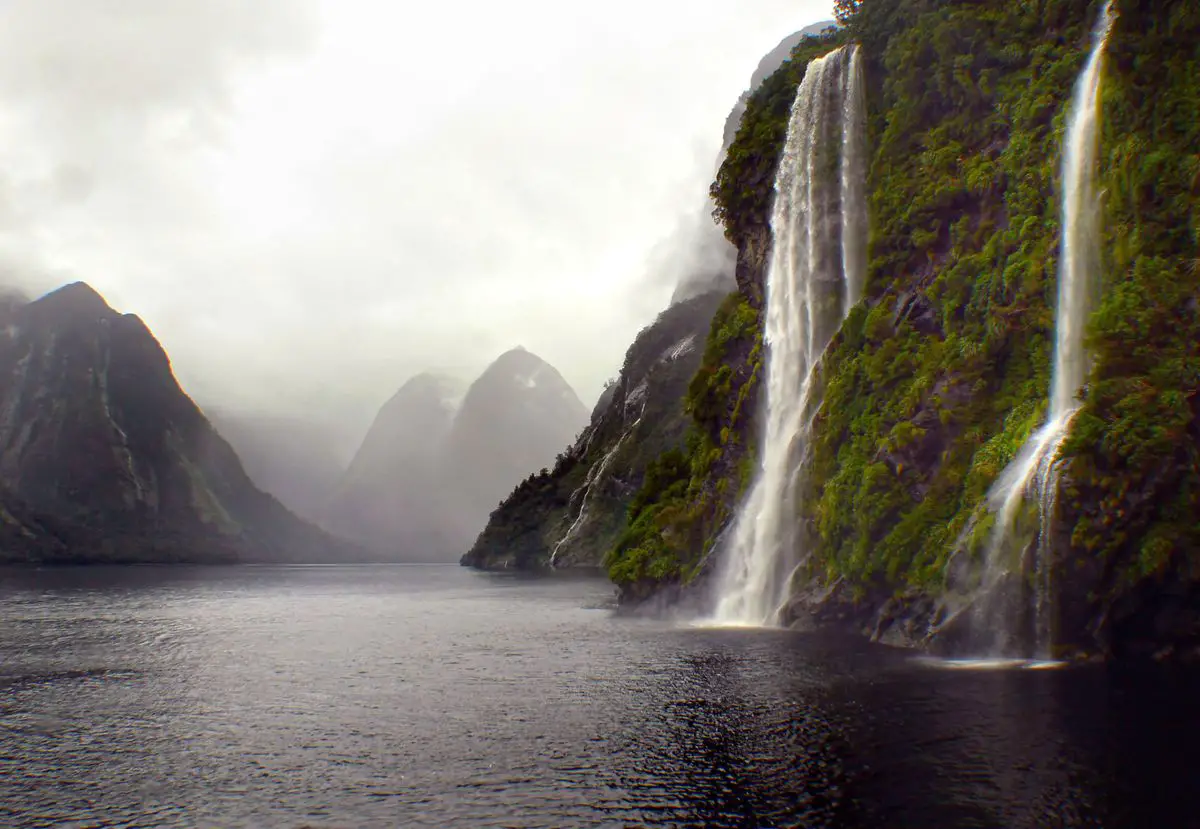
Wonders of Polynesia
Although the landmass of Polynesia is small, the charm and special beauty of this region are some of the most impressive on our planet. These islands are endowed with lush and beautiful nature, with warm oceans and friendly people representing a distinct culture. Polynesia is very rich in both natural and cultural landmarks and many of them are unique.
 Recommended books
Recommended books
Papa Mike’s Cook Islands Handbook, 3rd Edition
Third Edition of this popular Cook Islands Guidebook, containing updated information on all populated islands of the Cook Island chain. The 3rd edition is the initial e-book edition, enabling readers with a wi-fi connection to access Web sites and e-mail addresses by clicking on the text of the book. The guide includes complete lodging and restaurant information as well as guides to the various tours and island night performances.
Lonely Planet Rarotonga, Samoa & Tonga
Lonely Planet Rarotonga, Samoa & Tonga is your passport to the most relevant, up-to-date advice on what to see and skip, and what hidden discoveries await you. Surf the swells around the southern coastlines, hike the challenging Cross-Island Track, or check out Tonga’s ‘Stonehenge of the Pacific’; all with your trusted travel companion. Get to the heart of Rarotonga, Samoa, and Tonga, and begin your journey now!



[…] Rarotonga lines the coast, but there is also an ancient inner ring road, which is still in use – Ara Metua. Thousand years ago, it was made mostly of coral and even though nowadays it looks like a normal […]
Your history here is a bit messed up, for a start “Marquesas” is part of Polynesia and therefore the people in RARO originally were Polynesians too, All the different peoples of the pacific are one people ya know, so similar are we that we all have similar language, culture, legends, histories and consider eachother related.
Don’t g off saying “Although Rarotonga is known to Polynesians for thousands of years, first settlers here came from Marquesas” because that almost makes it sound like you think the french Polynesians aren’t the same as the rest of Polynesia…
So don’t forget, they’re all the same people and we all came from one place of origin.
And as for the local legends, they don’t date back to 1250AD that’s that date that mainstream/western historians say the place was colonised. but our tradition dictates that we landed in Raro long before that and many long lost kin simply returned over the thousands of years.
seriously, there’s allot you’ve presumed here.
And a last little nugget of information for ya… Polynesians weren’t religious, we didn’t have “gods” in the western understanding, we had “Ancestors who were legendary” we are directly descended from them unlike the western ideology of “gods” who are desperate from humans.
Many thanks for this insightful comment. Regarding Marquesas is meant the following: a) Polynesians knew about Rarotonga for thousands of years and b) first settlers came here from Marquesas and Society Islands only ~ 1000 years ago. They knew for a long time but came only rather recently.
Regarding the age of the monuments in Rarotonga: unfortunately, haven’t visited islands (just New Zealand), but it is my impression too that the human history in many islands is A LOT longer. Will think how to show this in the text because I need to stand on hard facts but at the same time, I need show the story behind the facts.
Regarding the religiosity – yes. Since I wrote this text my own perception of these things has changed. Many nations, many people in the world had ceremonial monuments but in many cases, this is not pure religion by its nature. For some people this is philosophy and for many other people around the world, this is the continued communication with ancestors and many other things which can not be simply told by words.
Thanks again for sharing your thoughts!